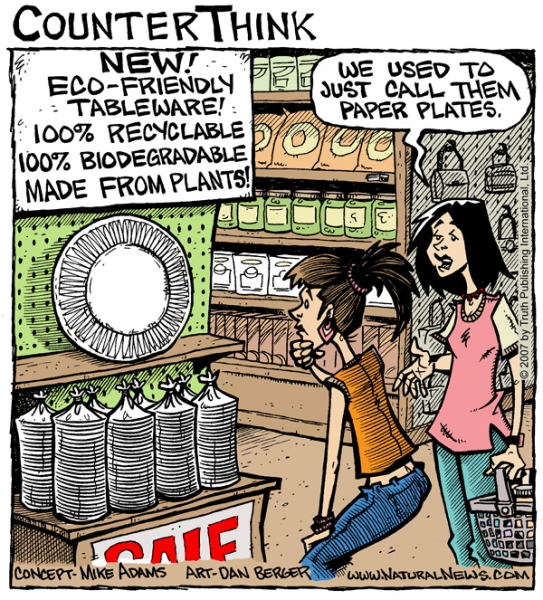Businesses historically have had a complicated relationship with the natural environment. The Industrial Revolution, marked by the boom of economic development and birth of modern business, emerged at the expense of natural resources and public health. Historical and current business activities continue to contribute to some of our most pressing global challenges, including climate change, resource scarcity, and social inequality. Concepts such as corporate social responsibility and environmental social governance attempt to establish a new relationship between business, the environment, and communities. These principles aspire to synergize business prosperity, sustainability, and social equity.
Corporate social responsibility is increasingly becoming a business expectation. A growing number of companies are emphasizing social responsibility, while buisnesses who fall short of this face severe consequence. However, touting “socially responsible business practices” does not necessarily translate into significant positive social impacts. “Greenwashing” may allow companies to reap the public image benefits of being green without delivering on the implied or outwardly promised environmental outcomes.
A recent ELI seminar, "Green" Claims: Is Environmental Marketing Meaningful or Misleading?, explored some of the legal mandates of eco-labeling and the nuances of greenwashing—some forms of which are unlawful. One example of unlawful greenwashing, as explained by Randal M. Shaheen, Partner at Venable LLP, is the “sin of the hidden trade off,” where a business highlights a sustainable practice but continues to engage in practices that undermine the sustainable benefits of the publicized action. However, this is sometimes legally permissible, as the Federal Trade Commission allows businesses to claim a specific benefit without “confessing” to other environmental “sins” as long as the “sins” are not related to the green claim being made. So, while an oil company can promote that it recycles paper on offshore wells, an energy company cannot say it reduced carbon without also mentioning that it increased methane emissions.

Courtesty of www.NaturalNews.com (2007), Mike Adams (concept) & Dan Berger (art)
In other words, green claims may not be as they seem, meaning customers are left to determine whether or not green business campaigns actually boost environmental outcomes. Let’s consider a topical example: the no-straw movement. Over the last several months, a number of businesses and cities have committed to the seemingly ambitious plan to reduce ocean plastic by cutting down, if not completely phasing out, plastic straws. This initiative includes big names like Disney, Starbucks, and even the entire city of Seattle. However, is this race to keep up with the “greenness” of other businesses actually supporting the goal of less plastic in oceans?
Racing to keep up with public image trends can often leave green solutions underthought and ineffective. Many environmentalists have criticized the strategies set forth to phase out straws, including Starbucks’ Nitro “sippy cup” lid alternatives. “We can’t solve the plastic pollution crisis by substituting one kind of unnecessary single-use plastic with another,” says Ocean Campaigns Director of Greenpeace, John Hocevar. In fact, since the lids weigh more than traditional straw-plus-lids combination, Starbucks' solution actually uses more plastic than before. Another concern is with the Nitro lid material: polypropylene (#5 plastic). This type of plastic is becoming increasingly unrecyclable; it was once shipped to China in mass quantities, but as of this year, China imposed substantial bans on imported waste. Similarly, U.S. recycling plants are beginning to phase out the recycling of #5 plastic, instead of sending it to landfills. Even still, this approach leaves a critical challenge in reducing marine litter unaddressed. Given that 80% of what Americans throw away is recyclable, simply swapping #5 plastic for something more recyclable would not necessarily result in less plastic disposal.
In addition to negative environmental externalities, the no-straw initiative poses significant social harms. The no-straw movement has received especially valid criticisms from the disabled community. D.C.-based writer and disability advocate Karin Hitselberger explains, “while reusable straws and redesigned cups may be a great solution for most people, they are not an option for many people with disabilities . . . paper straws . . . are not always temperature safe, often dissolve in water, and can become a choking hazard. As for lids designed to be used without a straw, they require the cup to be lifted by the user, which many people cannot do.”
Even though the current no-straw movement is far from perfect, some recognize the benefits of businesses raising awareness of the ocean plastic problem, believing that it pioneers future movements away from single-use consumption. However, we cannot allow this environmental victory to drown out concerns the movement raises regarding public access and autonomy for disabled people. Just as it should not be acceptable for businesses to sacrifice the environment for profits, it should also not be acceptable to achieve sustainability at the expense of marginalized communities. True corporate social responsibility requires companies to do better and be more inclusive and thoughtful in their practices.
